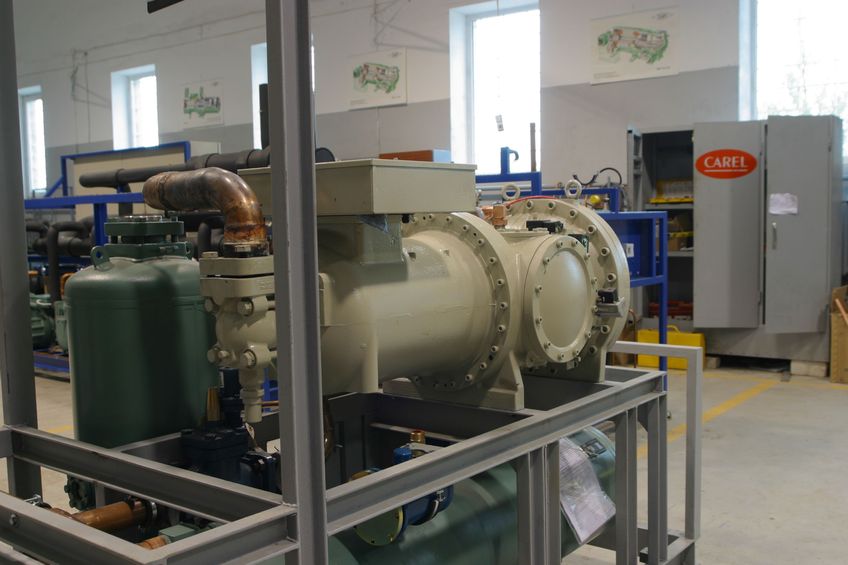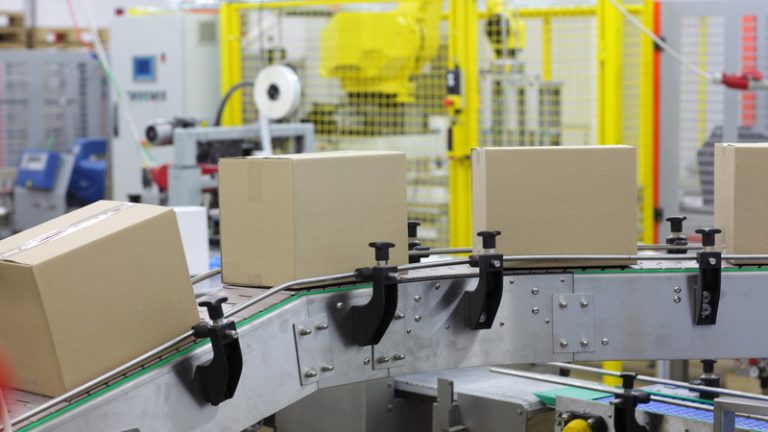A register can be defined as the circuit that consists of Flip-Flops storing more than one-bit data. This can be understood by something that has a sequential logic circuit in digital electronics. The register consists of a group of Flip-Flops that can definitely store way more than one-bit data. Most electronic registers are microprocessor-based and are created from a user’s perspective. At the time of every fuelling event, the configurable interface guides the operator to maximise safety and enhance productivity. This also lessens the risks of making an error. The lighted internal relays make integration and testing rather easy. Also, real-time adjustments can be made on-screen and this minimises the errors in reporting.
Some electronic registers are expandable. The primary functions consist of configuring the metre system to the properties of the liquid. During custody transfer actions, the components of the electronic register perform measurements and weights to approve the procedure. The user-friendly interface and the large display pave the path for increased functionality. The registers are mostly used at the time of aviation fuelling, for FlightConnect, for fuel delivery directly to customers or for POS (Point-of-Sale). The electronic registers are self-contained units. The setup, operation and configuration functions can be implemented with the selector switch and the alphanumeric keypad. There is no requirement for personal computers, lap pads or other such data entry devices.
There are different types of electronic registers suitable for various uses. Depending on what you exactly need, you can talk to a professional about purchasing the right kind of electronic register for your industry. From meteorological data collection to giving out tickets for printed delivery and shifts, the easy-to-use electronic registers are highly versatile. The security settings can be understood easily and can be operated even by a layman.


